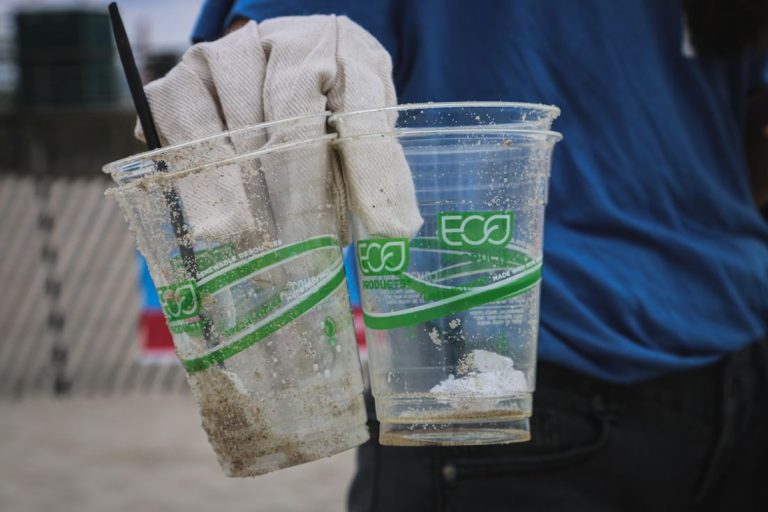
Sustainability in the fashion industry has become a significant trend in recent years, with consumers and brands alike becoming more conscious of the environmental impact of clothing production. One crucial aspect of sustainable fashion is the choice of fabrics. The fabrics used in clothing production can have a significant impact on the environment, from the sourcing of raw materials to the manufacturing process and the end of the product’s life cycle. In this article, we will explore the best fabrics for sustainable fashion that are environmentally friendly and ethically produced.
Choosing sustainable fabrics is essential for reducing the fashion industry’s negative impact on the environment. Traditional fabrics like cotton, polyester, and nylon are resource-intensive to produce and can contribute to pollution and waste. By opting for eco-friendly fabrics, we can minimize the environmental footprint of our clothing choices and support brands that prioritize sustainability.
Organic Cotton
Organic cotton is one of the most popular sustainable fabrics in the fashion industry. Unlike conventional cotton, which is grown using pesticides and synthetic fertilizers, organic cotton is cultivated without harmful chemicals. This reduces the environmental impact of cotton production, preserving soil health and promoting biodiversity. Additionally, organic cotton farming promotes ethical practices and fair wages for farmers, making it a socially responsible choice for consumers.
Hemp
Hemp is another eco-friendly fabric that has gained popularity in sustainable fashion circles. Hemp is a versatile and durable material that requires minimal water and no pesticides to grow. Hemp plants also improve soil health, making them a sustainable choice for clothing production. Hemp fabrics are known for their breathability and moisture-wicking properties, making them ideal for warm weather clothing.
Tencel (Lyocell)
Tencel, also known as Lyocell, is a sustainable fabric made from wood pulp, usually sourced from eucalyptus trees. The production process of Tencel is environmentally friendly, using a closed-loop system that recycles water and solvents. Tencel fabrics are soft, breathable, and biodegradable, making them a popular choice for eco-conscious consumers. Tencel is also known for its moisture-wicking properties, making it an excellent choice for activewear and summer clothing.
Recycled Polyester
Polyester is a synthetic fabric that is commonly used in the fashion industry. However, traditional polyester is derived from non-renewable resources like petroleum and is not biodegradable. Recycled polyester, on the other hand, is made from recycled plastic bottles and other post-consumer waste. By using recycled polyester, fashion brands can reduce their reliance on virgin materials and divert plastic waste from landfills. Recycled polyester fabrics are durable and versatile, making them a sustainable alternative to traditional polyester.
Linen
Linen is a natural fiber made from the flax plant and is known for its breathability and lightweight feel. Linen production requires less water and fewer pesticides compared to other natural fibers like cotton, making it a more sustainable choice for clothing production. Linen fabrics are biodegradable and become softer with each wash, making them a durable and long-lasting option for sustainable fashion.
Conclusion
In conclusion, choosing the right fabrics is essential for creating a sustainable wardrobe and supporting environmentally friendly practices in the fashion industry. By opting for fabrics like organic cotton, hemp, Tencel, recycled polyester, and linen, consumers can make a positive impact on the environment and promote ethical standards in clothing production. Sustainable fashion is not just a trend but a necessary shift towards a more responsible and eco-friendly approach to clothing consumption. Making informed choices about the fabrics we wear can help reduce the fashion industry’s environmental footprint and contribute to a more sustainable future.





